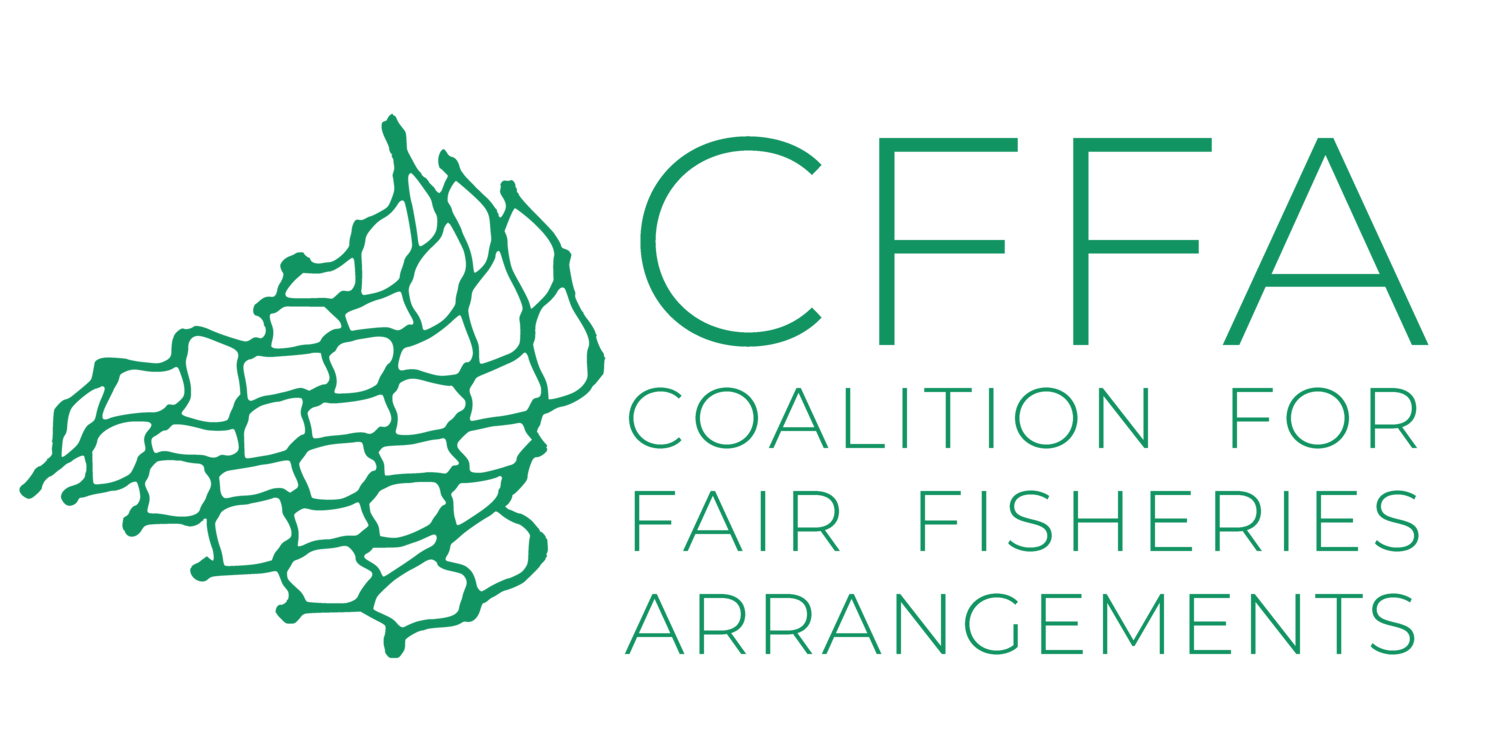Financialisation and the blue economy
A series on Conservation finance
Conservation finance has become dominant in the efforts to avert the climate crisis and reverse biodiversity loss. This rise of conservation finance is significant for marine fisheries as it is a central component of the “blue economy” concept. While the proponents present an ambitious vision, understanding the jargon is difficult. There is a pressing need for clarity over what the conservation finance industry is saying and doing.
Privatising areas without the consent of its inhabitants
In this interview, Eva Martinez, an Ecuadorian lawyer expert in human rights and gender and working at the Centro de Derechos Económicos y Sociales (CDES), discusses the implications of the Galapagos islands debt-swap for communities and explains the complaint CDES and other CSOs placed against the deal.
Why the $700 billion funding gap is dangerous nonsense
The funding gap for biodiversity has been estimated at $700 billion in Goal D of the Kunming-Montreal Agreement. Taking examples from fisheries and ocean conservation, the author shows this figure is based on highly dubious calculations and assumptions.
The implications for ocean governance of Gabon debt swap
TNC’s agreed to a debt-for-ocean swap with Gabon, involving US$500 million worth of debt. In exchange, Gabon commits to protect 30% of the ocean. We explore the problems with this deal in terms of debt justice and of ocean governance, and develops its implications for coastal communities.
$100 billion of debt to save nature, but to what end?
Hand in hand with financial giants, US environmental NGOs wield increasing influence over natural resource management in Southern debtor nations, undermining their sovereignty and endangering the access and human rights of local communities, including small-scale fishing.






